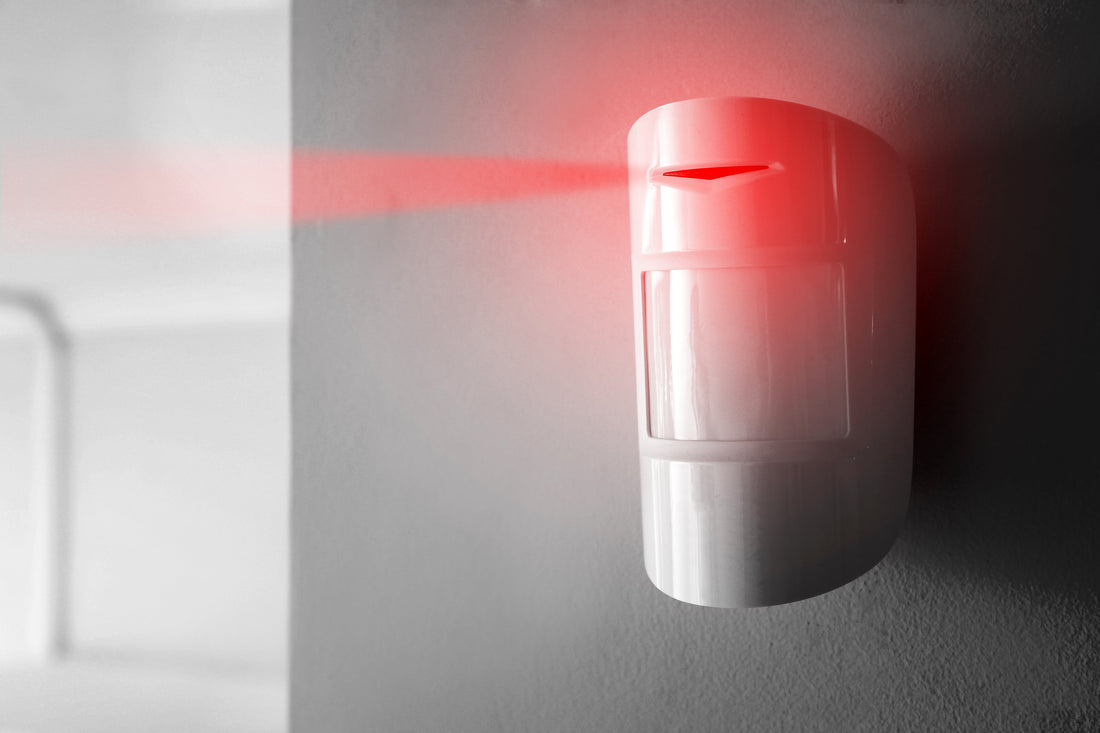
Motion sensors are a cornerstone of modern smart home systems, offering enhanced security, energy efficiency, and convenience. Integrating these sensors into your smart home can transform how you interact with your space, making your home more responsive to your needs.
This guide will explore the benefits of motion sensors and provide tips on seamlessly integrating them into your smart home system.
Understanding Motion Sensors
Motion sensors detect movement within their range, triggering specific actions in response. These can include turning on lights, activating security cameras, or sending alerts to your smartphone. By integrating motion sensors into your smart home system, you create a dynamic environment that adapts to your presence and activities.
Benefits of Motion Sensors in a Smart Home
- Enhanced Security: Motion sensors can alert you to unexpected movement in your home, providing real-time security monitoring.
- Energy Savings: Automate lighting and electronic devices to turn off when no movement is detected, reducing unnecessary energy consumption.
- Convenience: Lights can automatically turn on as you enter a room, making your home more accessible and welcoming.
Integrating Motion Sensors with Your Smart Home System
1. Choose the Right Motion Sensors
- Compatibility: Ensure the motion sensors are compatible with your smart home hub or system.
- Range and Sensitivity: Consider the area you want to cover and choose sensors with the appropriate range and sensitivity settings.
2. Strategic Placement
- High Traffic Areas: Place sensors in hallways, living rooms, or near entryways to maximize their utility.
- Avoid False Triggers: Position sensors away from pets' reach or areas with frequent movement unrelated to human activity to reduce false alarms.
3. Configure Actions and Automations
- Customize Triggers: Program your system to perform specific actions when motion is detected, like turning on lights or sending notifications.
- Set Schedules: Use motion sensors to activate routines based on the time of day, such as dimming lights in the evening.
4. Test and Adjust
- After installation, test the sensors to ensure they're triggering the desired actions. Adjust sensitivity and placement as needed to optimize performance.
5. Integrate with Other Smart Devices
- Smart Lighting: Automate lights to turn on or off based on motion, enhancing convenience and energy efficiency.
- Security Cameras: Trigger cameras to start recording when motion is detected, adding an extra layer of security.
- Smart Thermostats: Adjust heating or cooling based on occupancy, detected through motion, to save energy without sacrificing comfort.
Integrating motion sensors into your smart home system can significantly enhance security, efficiency, and convenience. By choosing the right sensors, placing them strategically, and configuring them to work with your other smart devices, you can create a responsive and intuitive home environment.
As smart technology evolves, the possibilities for automating and personalizing your home become increasingly limitless, with motion sensors playing a pivotal role in this evolution.








